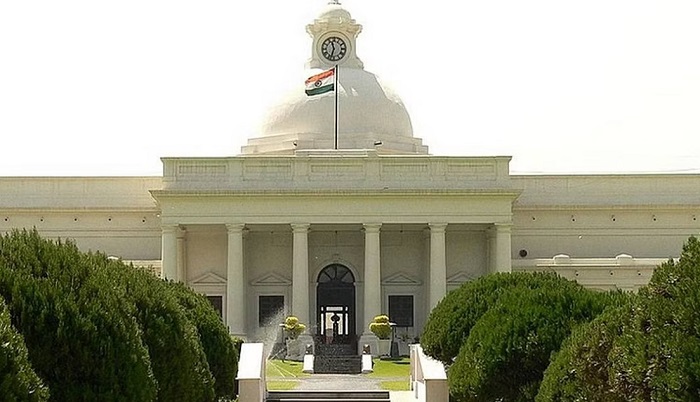
Researchers at Indian Institute of Technology (IIT), Roorkee, are working on improving the warning time to the public in case of an earthquake to 40 seconds or more.
Currently, the institute’s Department of Earthquake Engineering sends out a warning just a few seconds before an earthquake is about to strike.
Professor M.L. Sharma, head of the institute’s early earthquake detection system, has incubated a start-up — Seismic Hazard and Risk Investigations — which is working on advancement of the warning system.
Explaining how the system works, he said: “We have installed a sensor in a highly seismic zone, between Uttarkashi and Dharchula (in Uttarakhand). Whenever it catches a seismic wave, signals are sent to the monitoring system installed in our earthquake lab.”
Sharma added: “Once it catches the signal and identifies the magnitude of the quake, it sends out a warning. If the quake is of high magnitude, the warning goes out to the public, else it goes to the researchers internally for monitoring purposes.”
A warning is sent out to the public through their free app — Early Earthquake Warning — only if the earthquake is stronger than a magnitude of five.
Sharma, however, emphasised that it was “not enough that we send out a warning to people before a quake. We need to ensure that more and more buildings are made up of earthquake-proof material”.
IIT Roorkee’s Department of Earthquake Engineering is the only one of its kind in an educational institution which conducts research on early quake detection and quake-proof building material.
12 warnings in 2 years
According to Sharma, in the past two years, their system has sent out 12 warnings, most of them internally, and a recent one to the public at the time of the Nepal earthquake in January this year.
“During the recent earthquake in Nepal, we had sent out a warning to the public through our app and were able to alert people about 40 seconds in advance,” he said, adding that at the time of an earthquake, an early warning can help people a great deal.
“We are now trying to improve the warning system through our start-up,” he said.
Explaining how the warning mechanism worked, Sharma said, when an earthquake occurs, two kinds of waves emanate from the earth — one that travels at a faster speed and another that travels slightly slower.
“The faster wave hits our sensor located in Uttarkashi and we get a signal, so that we are prepared before the slightly slower wave hits, which actually causes destruction on the ground,” he explained.
Currently, the major part of the monitoring system is installed in Uttarkashi, but in the future the team plans to install several sensors in other regions, all connected to the main monitoring system at the IIT Roorkee lab.
“This will enable better detection of quakes and allow better response time to the researchers to send out the warning,” said Sharma. (The Print)
